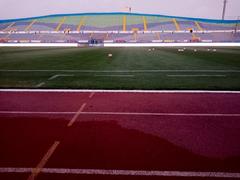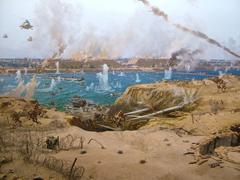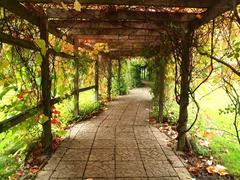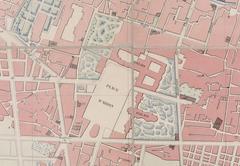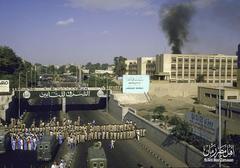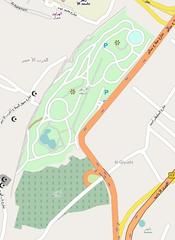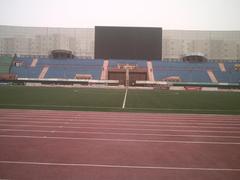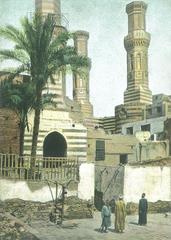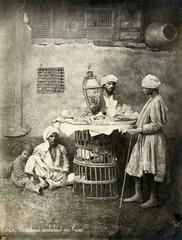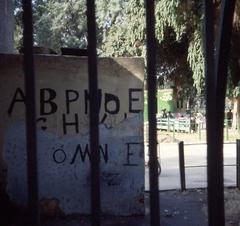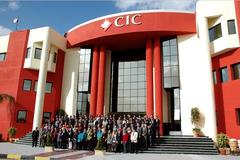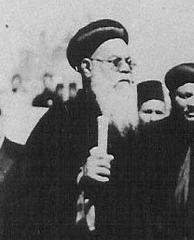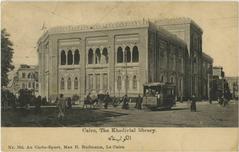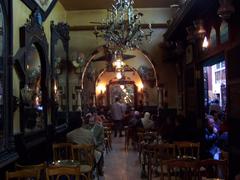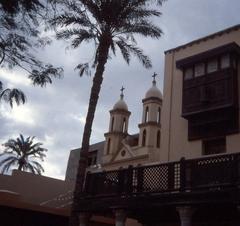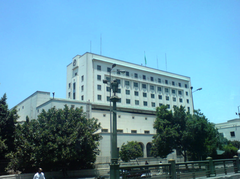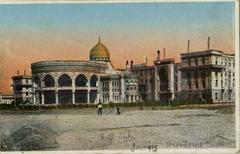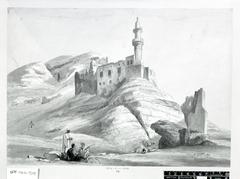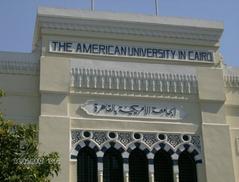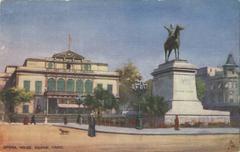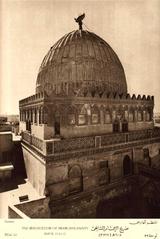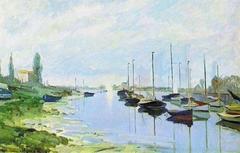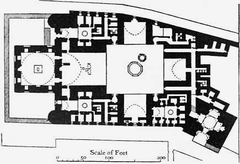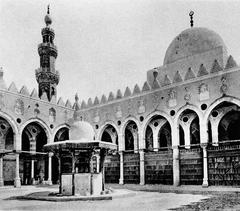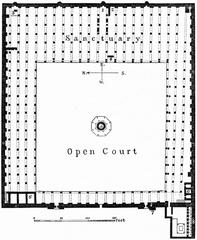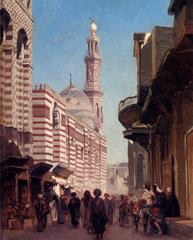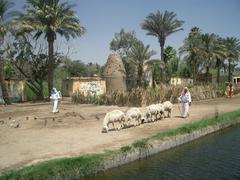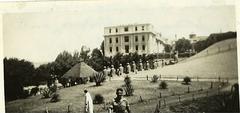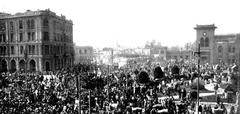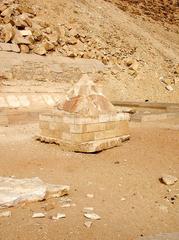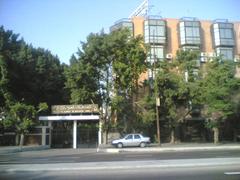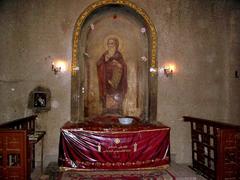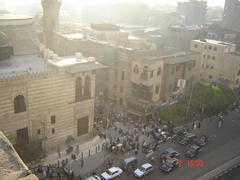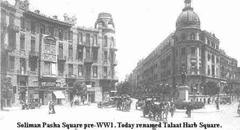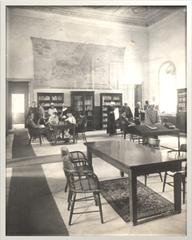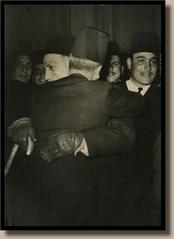Maimonides Synagogue Cairo: Visiting Hours, Tickets, and Comprehensive Guide
Date: 04/07/2025
Introduction
The Maimonides Synagogue, also known as the Rav Moshe Synagogue, stands as one of Cairo’s most significant religious and historical landmarks. Located in the heart of Cairo’s historic Jewish quarter, Harat al-Yahud, the synagogue is intimately tied to the life and legacy of Rabbi Moses ben Maimon—Maimonides, the renowned 12th-century Jewish philosopher, legal scholar, and physician. This comprehensive guide provides detailed information on the synagogue’s history, architecture, cultural significance, visiting hours, ticketing, accessibility, and travel tips, ensuring an informed and memorable experience for visitors interested in Cairo’s Jewish heritage and multicultural past. (Egyptian Ministry of Antiquities, World Jewish Congress, Jewish Virtual Library)
Historical and Cultural Context
Jewish Presence in Cairo
Cairo’s Jewish community is among the world’s oldest, with roots tracing back to antiquity. The city became a haven for Jewish refugees from Europe and the Middle East during the medieval and modern periods, forming a vibrant community that blended Sephardic, Ashkenazi, and Karaite traditions. Despite fluctuations due to political and social upheavals, Cairo was once home to tens of thousands of Jews, with Harat al-Yahud serving as the community’s cultural and spiritual center. (World Jewish Congress)
The Legacy of Maimonides
Maimonides (1135–1204), born in Cordoba, Spain, became one of Judaism’s greatest intellectual figures. After fleeing persecution, he settled in Cairo, serving as the community’s spiritual leader and court physician to Saladin’s vizier. His scholarship, including the Mishneh Torah, profoundly influenced Jewish law and philosophy. Tradition holds that the synagogue stands on the site of his residence and original burial place, enhancing its significance as both a historical monument and a place of pilgrimage. (Egyptian Ministry of Antiquities, Wikipedia)
Synagogue Architecture and Features
Site Layout and Structure
- Location: 15 El-Matariya Street, Harat al-Yahud, Old Cairo.
- Exterior: Modest stonework and arched windows, blending into the dense urban fabric of Old Cairo.
- Prayer Hall: Central bimah (platform) and an ornately carved wooden ark (Aron Kodesh) on the eastern wall, illuminated by arched windows.
- Women’s Gallery: Situated on the upper level, overlooking the main sanctuary.
- Annexes: Historically used for study (yeshiva) and healing, reflecting Maimonides’ roles as both scholar and physician.
- Tomb Chamber: Revered as the original burial site of Maimonides before his remains were moved to Tiberias, Israel.
- Decorative Elements: Hebrew and Arabic inscriptions, intricate woodwork, and subtle stone carvings that blend Jewish and Egyptian artistic motifs.
Restoration and Preservation
A major restoration between 2009 and 2010, led by the Egyptian Supreme Council of Antiquities, stabilized the building, restored its decorative elements, and preserved its historical integrity. The project, costing approximately 71 million Egyptian pounds, was part of a broader initiative to protect Egypt’s Jewish heritage. (Cultural Property News, World Jewish Congress)
Visiting the Maimonides Synagogue
Hours and Admission
- Visiting Hours: Sunday to Thursday, 9:00 AM–4:00 PM. Closed on Fridays, Saturdays, and Jewish holidays.
- Access: Visits are by prior arrangement only, due to security requirements and preservation protocols. Contact the Egyptian Jewish Community Council or arrange through licensed local tour operators.
- Tickets: There is no fixed admission fee; donations are appreciated and help support ongoing maintenance. Guided tours, often included in Jewish heritage itineraries, may have separate fees.
Visitor Guidelines
- Dress Code: Modest attire required. Men should wear long trousers; women should cover shoulders and knees. Head coverings are optional but respectful.
- Photography: Allowed in most areas, but flash and videography may be restricted to protect the site.
- Accessibility: The historic structure presents challenges for wheelchair access; visitors with mobility needs should notify the site in advance.
Security
The synagogue is protected by police presence and surveillance. Visitors must carry identification and comply with security instructions. The surrounding area is safe during daylight hours, but visitors should exercise standard urban precautions.
Nearby Attractions and Suggested Itineraries
- Ben Ezra Synagogue: Egypt’s oldest synagogue, famous for the Cairo Geniza, located in Coptic Cairo.
- Hanging Church: A prominent Christian landmark nearby.
- Khan el-Khalili Bazaar: Cairo’s bustling market for shopping and local cuisine.
- Museum of Islamic Art and Coptic Museum: For a broader understanding of Cairo’s multicultural heritage.
A suggested itinerary: Morning visit to the Maimonides Synagogue, tour of Coptic Cairo, lunch at a local café, and an afternoon visit to Khan el-Khalili.
Preservation Efforts and Community Engagement
The synagogue’s restoration exemplifies Egypt’s commitment to preserving its pluralistic heritage. Ongoing maintenance is managed by the Egyptian Jewish Community Council, with support from international Jewish organizations. Occasionally, the synagogue hosts cultural events, educational programs, and interfaith dialogues, helping foster ongoing engagement with Egypt’s Jewish past. (Egypt Today, World Jewish Congress)
Frequently Asked Questions (FAQ)
Q: What are the visiting hours for the Maimonides Synagogue?
A: Sunday to Thursday, 9:00 AM–4:00 PM, by prior appointment.
Q: Is there an admission fee?
A: No fixed fee; donations are welcomed.
Q: How do I arrange a visit?
A: Contact the Egyptian Jewish Community Council or book a guided tour through a reputable operator.
Q: Is the synagogue accessible for people with disabilities?
A: Some areas have steps and uneven floors; notify in advance for accommodations.
Q: Are guided tours available?
A: Yes, tours are offered as part of broader Cairo Jewish heritage itineraries.
Q: Can I take photographs inside?
A: Photography is generally allowed, but flash and videography may be restricted.
Q: What else is nearby to visit?
A: Ben Ezra Synagogue, the Hanging Church, Khan el-Khalili bazaar, and the Coptic Museum.
Visuals and Visitor Resources
It is recommended to supplement your visit with images of the synagogue’s façade, interior, and tomb chamber. Consider using maps and virtual tours for enhanced orientation and context.
Explore the Maimonides Synagogue on the map:
View on Map
Take a virtual tour:
Summary and Recommendations
The Maimonides Synagogue stands as a living testament to the enduring Jewish heritage in Egypt and the legacy of one of Judaism’s most influential scholars. Through careful restoration and ongoing preservation, this sacred site welcomes visitors to reflect on centuries of religious scholarship, community resilience, and intercultural coexistence. Advance arrangements, respectful conduct, and engagement with guided tours will enrich your visit. Utilize official resources and heritage platforms, such as the Audiala app, for the latest updates and in-depth insights.
For further details, consult these key resources:
- World Jewish Congress
- Egyptian Ministry of Antiquities
- Jewish Virtual Library
- Wikipedia
- Egypt United Tours
- Cultural Property News
- Egypt Today
- Times of Israel
For more on Cairo’s historical sites and Jewish heritage, see our related articles and download the Audiala app for audio guides and cultural insights.
